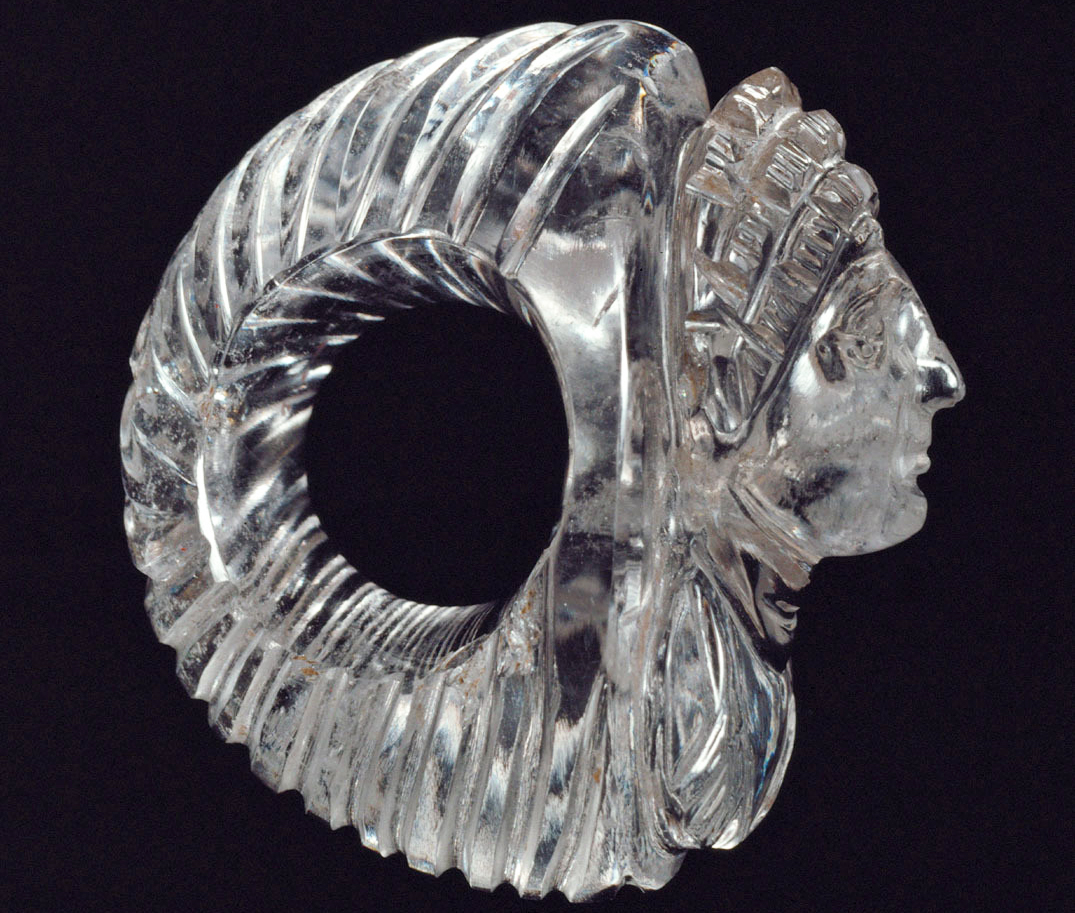902
903
904
905
907
908
909
910
911
912
913
914
915
916
Photo of the “Llullaillaco Maiden”, a 15-year-old girl sacrificed during the Inca Empire for both purposes of religious rite and social control. Read more: instagram.com/archaeologyart
918
919
920
922
923
924




























